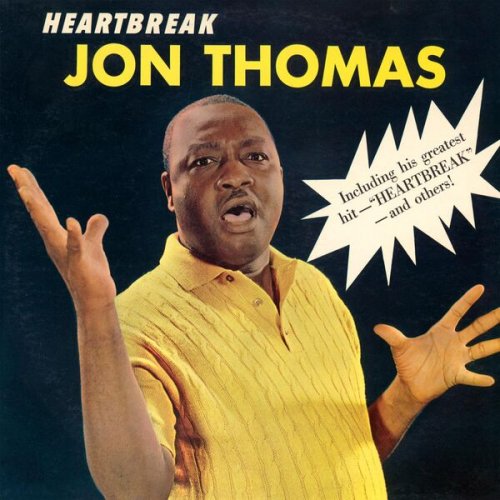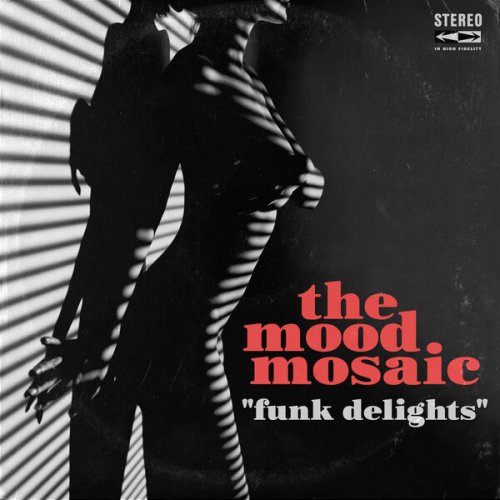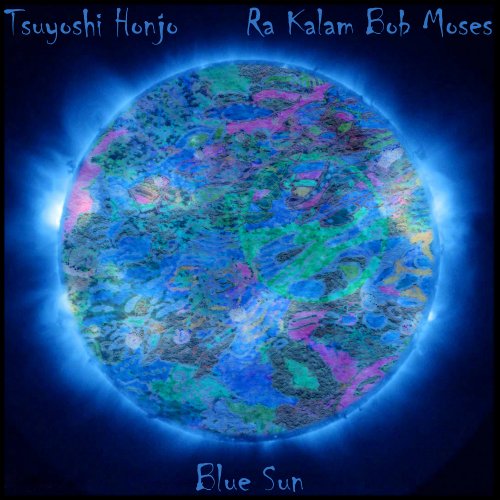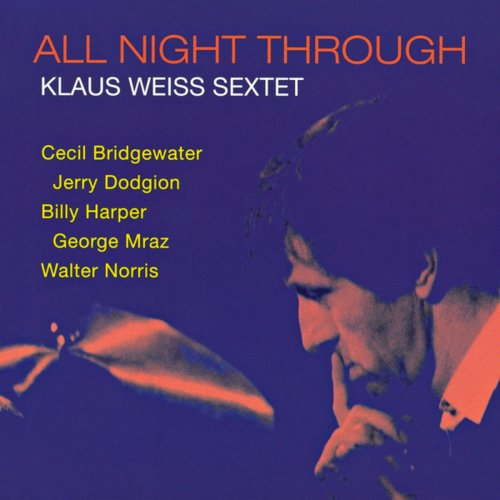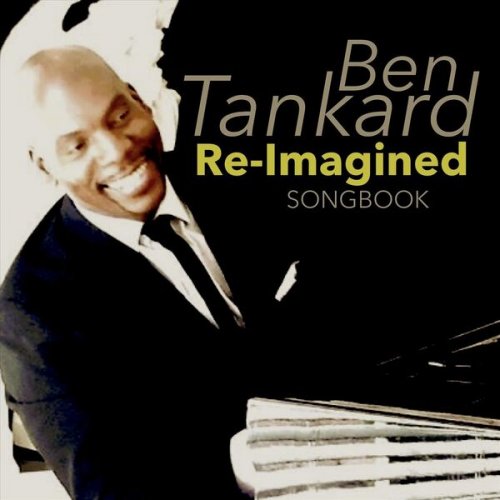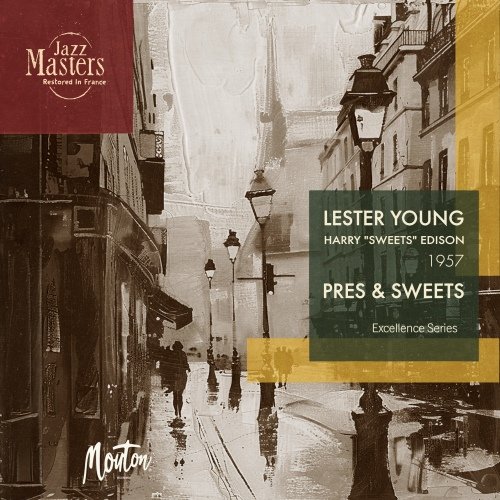Michael Schneider - Telemann: Wind Concertos, Vol. 8 (2012)
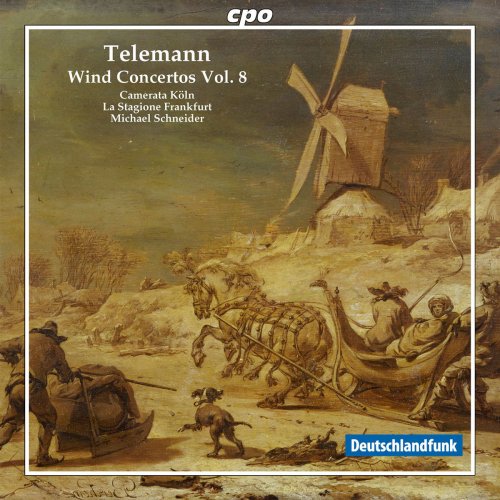
Artist: Michael Schneider
Title: Telemann: Wind Concertos, Vol. 8
Year Of Release: 2012
Label: CPO
Genre: Classical
Quality: FLAC (tracks+booklet)
Total Time: 69:07 min
Total Size: 327 MB
WebSite: Album Preview
Tracklist:Title: Telemann: Wind Concertos, Vol. 8
Year Of Release: 2012
Label: CPO
Genre: Classical
Quality: FLAC (tracks+booklet)
Total Time: 69:07 min
Total Size: 327 MB
WebSite: Album Preview
01. Concerto for 2 Flutes and Bass Instrument in A Minor, TWV 53:a1: I. Lentement
02. Concerto for 2 Flutes and Bass Instrument in A Minor, TWV 53:a1: II. Vivement
03. Concerto for 2 Flutes and Bass Instrument in A Minor, TWV 53:a1: III. Loure
04. Concerto for 2 Flutes and Bass Instrument in A Minor, TWV 53:a1: IV. Vivement
05. Quartet in D Major, TWV 43:D7: I. Largo
06. Quartet in D Major, TWV 43:D7: II. Vivace
07. Quartet in D Major, TWV 43:D7: III. Siciliano
08. Quartet in D Major, TWV 43:D7: IV. Vivace
09. Concerto for 2 Chalumeaus in C Major, TWV 52:C1: I. Dolce
10. Concerto for 2 Chalumeaus in C Major, TWV 52:C1: II. Allegro
11. Concerto for 2 Chalumeaus in C Major, TWV 52:C1: III. Largo
12. Concerto for 2 Chalumeaus in C Major, TWV 52:C1: IV. Allegro
13. Oboe Concerto in D Major, TWV 51:D5: I. Grazioso
14. Oboe Concerto in D Major, TWV 51:D5: II. Vivace
15. Oboe Concerto in D Major, TWV 51:D5: III. Adagio
16. Oboe Concerto in D Major, TWV 51:D5: IV. Scherzando
17. Concerto for 2 Horns in F Major, TWV 52:F4: I. Grave
18. Concerto for 2 Horns in F Major, TWV 52:F4: II. Allegro
19. Concerto for 2 Horns in F Major, TWV 52:F4: III. Largo
20. Concerto for 2 Horns in F Major, TWV 52:F4: IV. Vivace
21. Oboe Concerto in G Major, TWV 51:G3: I. Soave
22. Oboe Concerto in G Major, TWV 51:G3: II. Allegro
23. Oboe Concerto in G Major, TWV 51:G3: III. Adagio
24. Oboe Concerto in G Major, TWV 51:G3: IV. Vivace
The six works on this disc are, as in the rest of the series, extremely diverse. Unlike his contemporary Vivaldi, Telemann does not use overarching stylistic trademarks with his concertos that define authorship in a particular way. Rather, he carefully writes music that is uniquely suited to the tonal qualities of his soloists, and sometimes the usual generic descriptions hardly apply. Such is the case with the Concerto for trumpet, two oboes, and continuo, which is a virtual trio sonata, to which a solo clarino trumpet has been appended. Here, the composer uses the oboes as replacements for the usual string orchestra, but the trumpet enters as a primus inter pares rather than the dominant solo. The D-Minor Siciliano second slow movement is thinner in texture and far more mysterious in a mincing sort of manner with the two oboes in trio sonata configuration, but when the following Vivace ensues, the trumpet ranges from florid lines to military signal fanfares, and one forgets that the ripieno is nowhere in evidence. The remainder are more conventionally set, although the D-Major Oboe concerto does omit the viola in the string ripieno, most likely to allow for a more treble-oriented, transparent texture with the soloist.
It is difficult to say when any of the concertos were written, although the sources for five of them point to Telemann’s stay in Frankfurt around 1712-1721, when he was busily writing instrumental works for the Duke of Hesse-Darmstadt in the French manner. This is vouchsafed by a comment in his 1718 autobiography where he notes that his compositions “reek of France,” as well as some of the uses of French rhythms such as the Louré of the Concerto for two flutes. The remaining work, the aforementioned trumpet and two oboe Concerto, may be a work written for Hamburg, given some of the interesting stylistic elements that seem to point to a period (1721-1740), when Telemann was focused upon chamber genres. In any case, all reflect a careful ingenuity with regards to structure and setting, although all follow the traditional four-movement pattern favored in Baroque Germany. Given the eclectic nature of these works, highlights abound. Some of my favorites are the scurrying main theme of first Allegro of the Concerto for two chalumeaux, with muted unison strings in their lower registers complementing the main soloists, but also with rapid-fire bassoon lines that form a nice timbre. The following Largo has the soloists emerge with a spare duet that begins to flow only when the remainder of the orchestra comes in. The finale of the double horn Concerto also stands out as a rollicking alla polacca, or perhaps Silesian dance, with horn calls and a really neat high pairing of one solo playing duple time against the other doing triplets, the result of which is a warbling of the sort that one might image to be found in a Bohemian forest of the time. Finally, there is the gentle soave of the oboe d’amore Concerto, with its meandering line outlining a sort of minuet. The second movement is a fast pastorale, and when at the end of the first section the soloist meanders off, it is as if one is transported to the bucolic fields redolent with wandering sheep.
The performance is every bit as excellent as noted in my review of the previous volume. It is clear to me, at least, that Michael Schneider must be seen as one of the day’s best interpreters of Telemann. The tempos are all just right, and there are no distractions in the precision of La Stagione’s crack group of performers. They complement and support the various soloists, some of whom are drawn from their ranks, with perfection. This is a disc that one really ought to have, for not only are the performances first-rank, they demonstrate the indefatigable talent of Telemann as a composer.
It is difficult to say when any of the concertos were written, although the sources for five of them point to Telemann’s stay in Frankfurt around 1712-1721, when he was busily writing instrumental works for the Duke of Hesse-Darmstadt in the French manner. This is vouchsafed by a comment in his 1718 autobiography where he notes that his compositions “reek of France,” as well as some of the uses of French rhythms such as the Louré of the Concerto for two flutes. The remaining work, the aforementioned trumpet and two oboe Concerto, may be a work written for Hamburg, given some of the interesting stylistic elements that seem to point to a period (1721-1740), when Telemann was focused upon chamber genres. In any case, all reflect a careful ingenuity with regards to structure and setting, although all follow the traditional four-movement pattern favored in Baroque Germany. Given the eclectic nature of these works, highlights abound. Some of my favorites are the scurrying main theme of first Allegro of the Concerto for two chalumeaux, with muted unison strings in their lower registers complementing the main soloists, but also with rapid-fire bassoon lines that form a nice timbre. The following Largo has the soloists emerge with a spare duet that begins to flow only when the remainder of the orchestra comes in. The finale of the double horn Concerto also stands out as a rollicking alla polacca, or perhaps Silesian dance, with horn calls and a really neat high pairing of one solo playing duple time against the other doing triplets, the result of which is a warbling of the sort that one might image to be found in a Bohemian forest of the time. Finally, there is the gentle soave of the oboe d’amore Concerto, with its meandering line outlining a sort of minuet. The second movement is a fast pastorale, and when at the end of the first section the soloist meanders off, it is as if one is transported to the bucolic fields redolent with wandering sheep.
The performance is every bit as excellent as noted in my review of the previous volume. It is clear to me, at least, that Michael Schneider must be seen as one of the day’s best interpreters of Telemann. The tempos are all just right, and there are no distractions in the precision of La Stagione’s crack group of performers. They complement and support the various soloists, some of whom are drawn from their ranks, with perfection. This is a disc that one really ought to have, for not only are the performances first-rank, they demonstrate the indefatigable talent of Telemann as a composer.

![McLuhan - Anomaly (2024) [Hi-Res] McLuhan - Anomaly (2024) [Hi-Res]](https://img.israbox.com/img/2026-01/03/17fkljtfa21kq63ydiyulo6tc.jpg)
